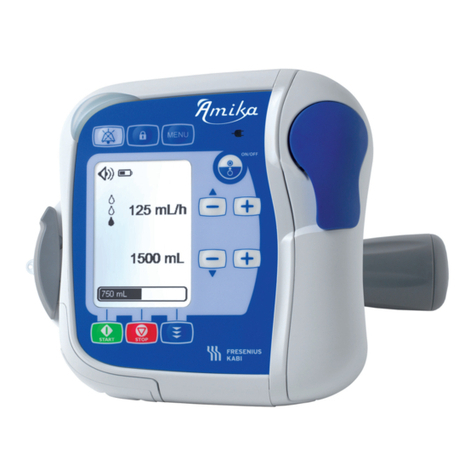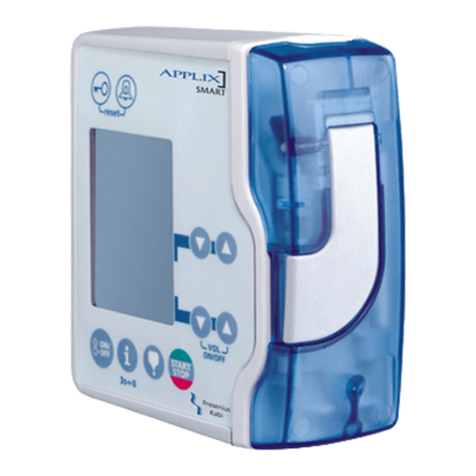
4
5 INSTALLATION 27
5.1 TYPES OF INSTALLATIONS .....................................................................27
5.2 USING THE ROTATING POLE CLAMP.......................................................28
5.3 ATTACHING THE PUMP(S) ......................................................................29
5.3.1 Attaching to a Pole ............................................................................. 29
5.3.2 Attaching to a Rail .............................................................................. 31
5.3.3 Using on a Flat Table ......................................................................... 31
5.3.4 Attaching Two Pumps Together ......................................................... 32
6 GETTING STARTED 33
6.1 FLOWCHART .........................................................................................33
6.2 USING THE PUMP FOR THE FIRST TIME ..................................................33
6.3 POWERING ON ......................................................................................34
6.4 INSTALLING THE ADMINISTRATION SET IN THE PUMP...............................36
6.5 CONNECTING A DROP SENSOR..............................................................37
6.6 PUMP HEIGHT.......................................................................................39
7 OPERATION 40
7.1 FLOWCHART .........................................................................................40
7.2 SELECTING A PROFILE ..........................................................................41
7.3 PROGRAMMING AN INFUSION .................................................................41
7.4 STARTING AN INFUSION .........................................................................43
7.5 MONITORING AN INFUSION.....................................................................44
7.6 FUNCTIONS DURING INFUSION ...............................................................45
7.6.1 Stop .................................................................................................... 45
7.6.2 Rate Titration...................................................................................... 45
7.6.3 Administering a Direct Bolus .............................................................. 46
7.7 COMPLETING AN INFUSION ....................................................................47
7.7.1 Near End of Infusion Alert .................................................................. 47
7.7.2 End of Infusion ................................................................................... 48
7.7.3 Powering off ....................................................................................... 49
7.8 INFUSION MODES ..................................................................................49
7.8.1 Volume / Time / Rate (V/T/R) ............................................................. 49
7.8.2 Volume / Rate (V/R) ........................................................................... 49
7.8.3 Volume / Time (V/T) ........................................................................... 49
7.8.4 Simple Rate (only with Drop Sensor) ................................................. 50
7.9 OTHER FUNCTIONS ...............................................................................50


































